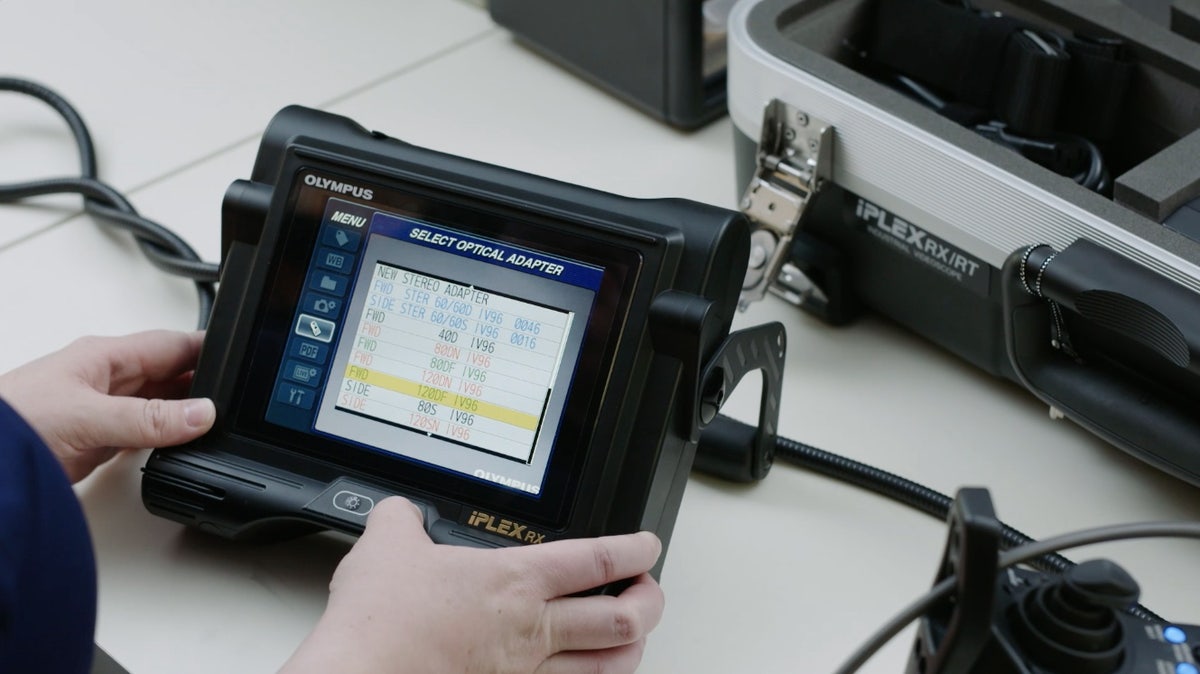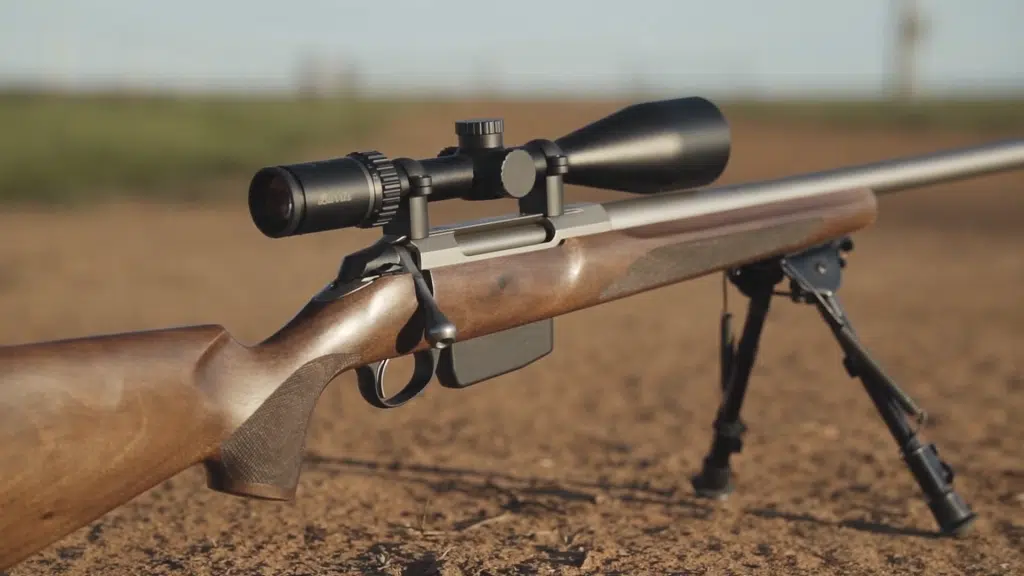Leaks, cracks, and other defects can lead to costly repairs or seamless operations in industries requiring strict quality control. Traditional inspection methods can’t reach small spaces or detect minute defects. A UV borescope will be an indispensable tool for identifying minute defects and locating tight spaces.
What Is A UV Borescope?
A UV borescope is a high-tech inspection tool for detecting leaks, cracks, and other structural anomalies. It is used in areas that are difficult to reach. It combines a traditional borescope’s functionality with ultraviolet (UV), allowing it to detect issues that would otherwise be invisible. UV borescopes include a flexible, rigid probe with a camera. The UV light source is integrated into the device.
How Do UV Borescopes Detect Leaks And Cracks?
Their unique combination of imaging and UV technology allows them to detect cracks, leaks, and other defects. Here’s what they do:
- UV Fluorescence To Detect Leaks
UV borescopes rely on the principle of fluorescence in order to detect leaks. A UV-reactive dye can be introduced into any system. Under UV, the dye will fluoresce, making even the smallest cracks and joints visible.
- Enhanced Visibility Of Cracks
When looking for cracks, the UV light brings out surface irregularities and creates a stark contrast. This helps to find micro-cracks in metal or composite materials that would otherwise go unnoticed.
- Real-time Imaging
A built-in cam in a UV borescope provides real-time feedback, allowing inspectors and technicians to view problems quickly. This is very useful when it comes to large systems and time-sensitive repairs.
- Accessing Spaces
The flexible probes in UV borescopes can move through confined areas, including engine components, narrow pipes, and other tight spaces. This allows inspection of the entire system without disassembling it.
Key Applications Of UV Borescopes
Due to their precision and versatility, UV borescopes are widely used in various industries. Below are some examples of common applications.
- Automotive Industry
The UV borescope can detect leaks in the cooling system, fuel line, or air conditioning system. It is also used to find micro cracks and other defects in engine components.
- Aerospace Sector
Aircraft maintenance heavily relies on UV borescopes to inspect fuel systems, hydraulic lines, and structural parts. Their ability to detect even the slightest defects ensures compliance and safety.
- Industrial Equipment
Factory and power plant inspectors use UV borescopes to inspect boilers, pipes, and machinery. They do this to prevent leaks from becoming costly.
- Oil And Gas Industry
Oil pipelines and tanks are vulnerable to corrosion. UV borescopes can inspect these systems and identify problems.
- Building And Construction
UV borescopes allow for the inspection of HVAC systems, plumbing, and structural components in buildings. They ensure durability and safety.
Benefits Of Using UV Borescopes
There are several advantages to adopting UV borescopes.
- High Resolution
UV borescopes find even the smallest leaks and cracks, allowing problems to be addressed before they get worse.
- Time & Cost Efficiency
UV borescopes can inspect equipment without disassembling it, thus saving time. Early detection helps to avoid costly repairs and downtime.
- Improved Safety
UV borescopes help prevent accidents by detecting leaks and cracks early on. They also ensure safety and operational efficiency in critical systems.
- Versatility
These devices are cost-effective because they can be utilized in a number of industries and applications.
- Documentation
Many UV borescopes offer video and image recording, which is very helpful for maintaining records and creating inspection reports.
Choosing The Right UV Borescope
When choosing a UV borescope, you should take into consideration the particular requirements of your industry. Consider the following:
- Test Diameter: Be sure to choose a probe that is thin enough for you to reach the places you wish to test easily.
- UV light intensity: An intense light provides better fluorescence.
- Resolving Power: A high-resolution image is crucial for identifying details.
- Durability: Choose a UV Borescope designed to withstand the environmental conditions of your application, which may include extreme temperatures or corrosive agents.
- Recording Feature: Look for models that capture video and images for documentation.
Conclusion
A UV borescope can revolutionize the way you detect leaks or cracks. This tool is a must-have for modern inspections because it can navigate through small spaces, provide real-time images, and use UV technology to enhance detection. UV borescopes can be used for industrial, automotive, or aerospace applications. They are highly efficient and precise, helping professionals reduce costs, maintain safety, and optimize system performance. By investing in a UV Borescope, industries can stay ahead and avoid potential issues. This ensures operational excellence and long-term reliability.




